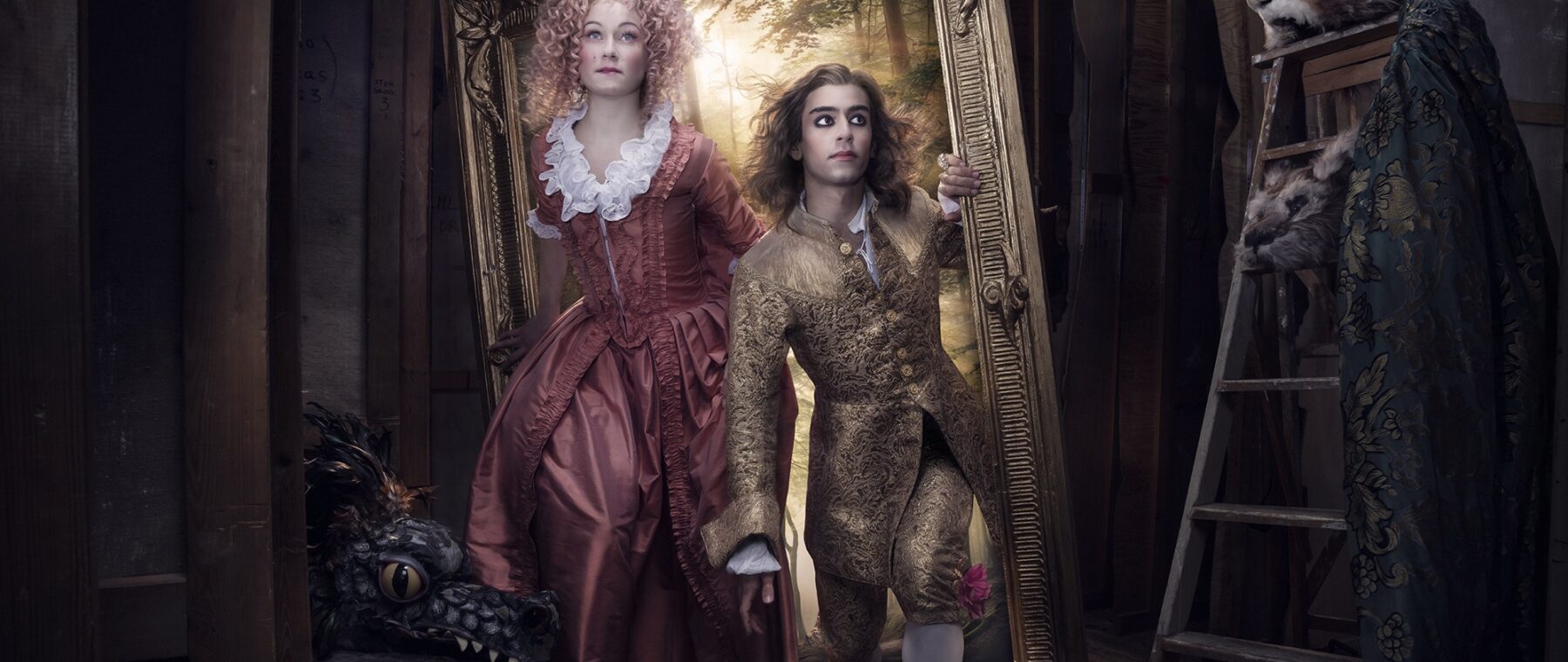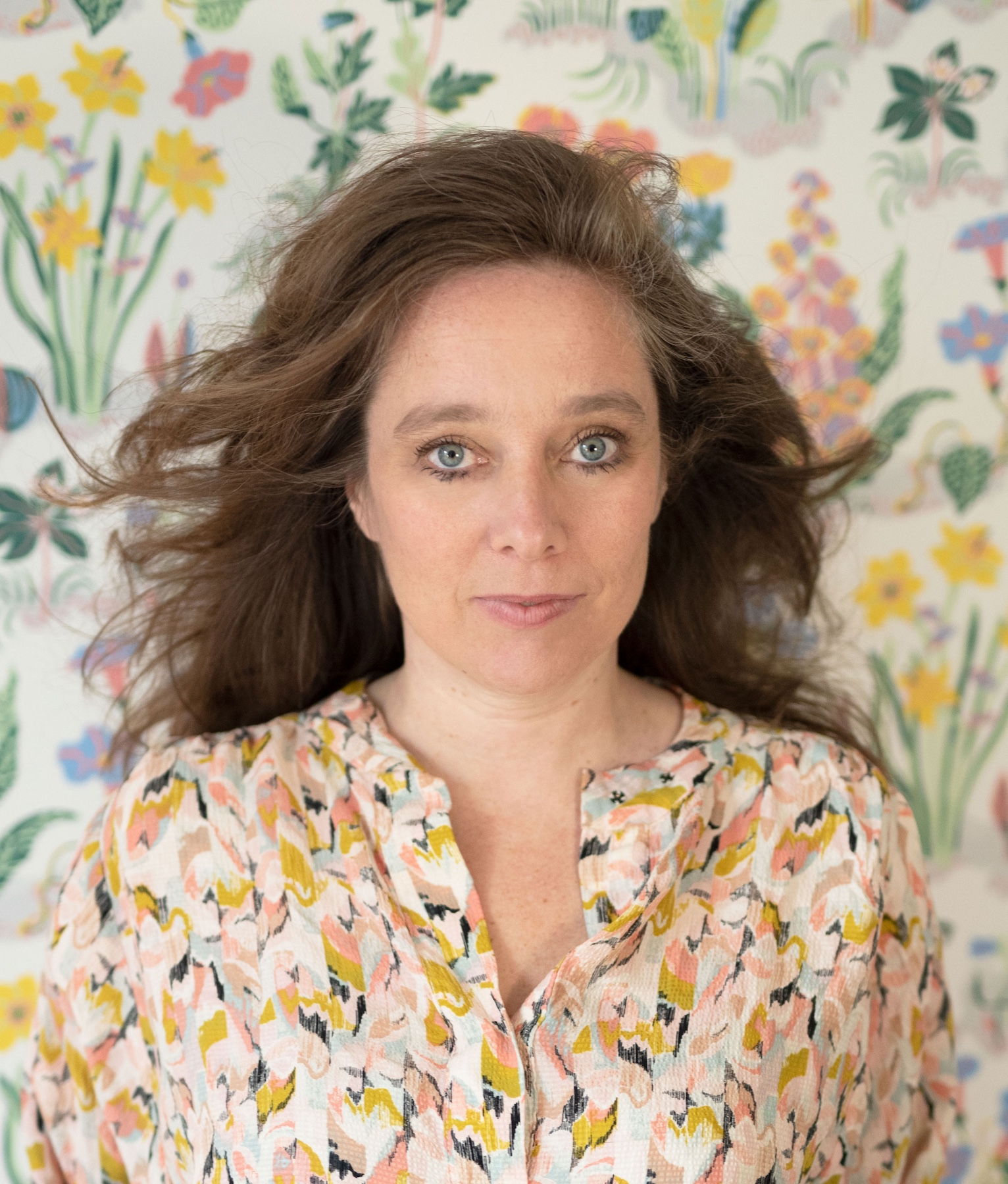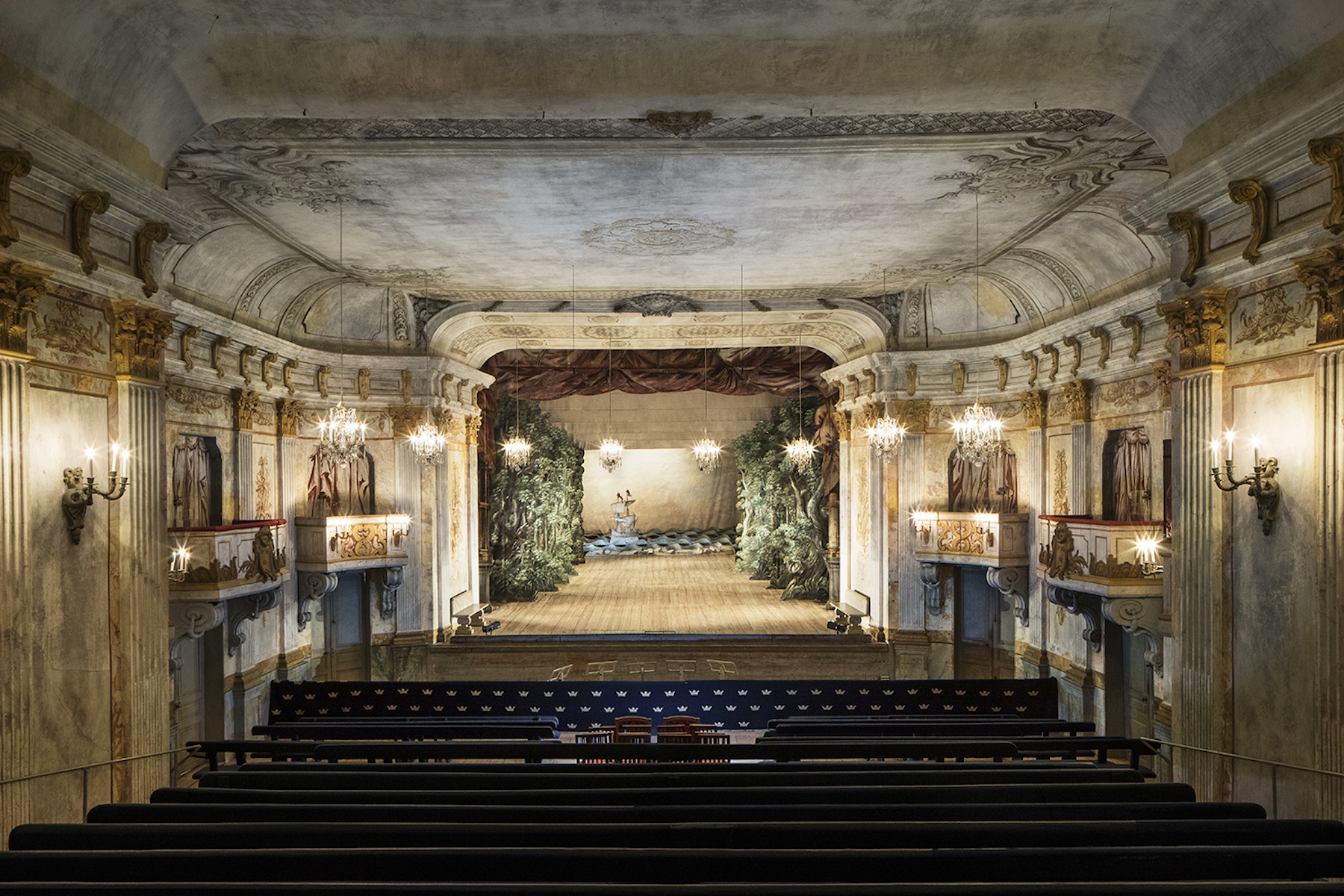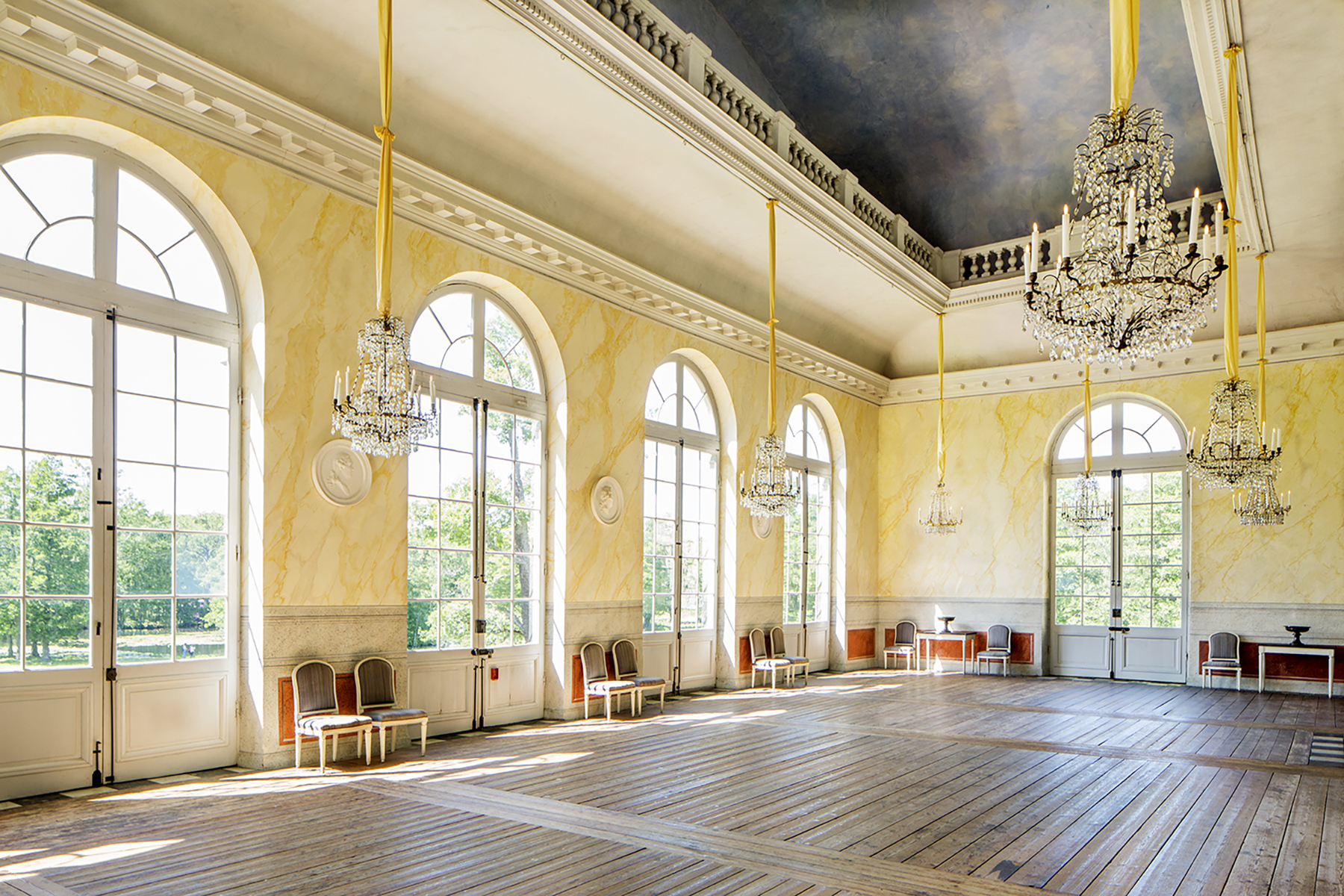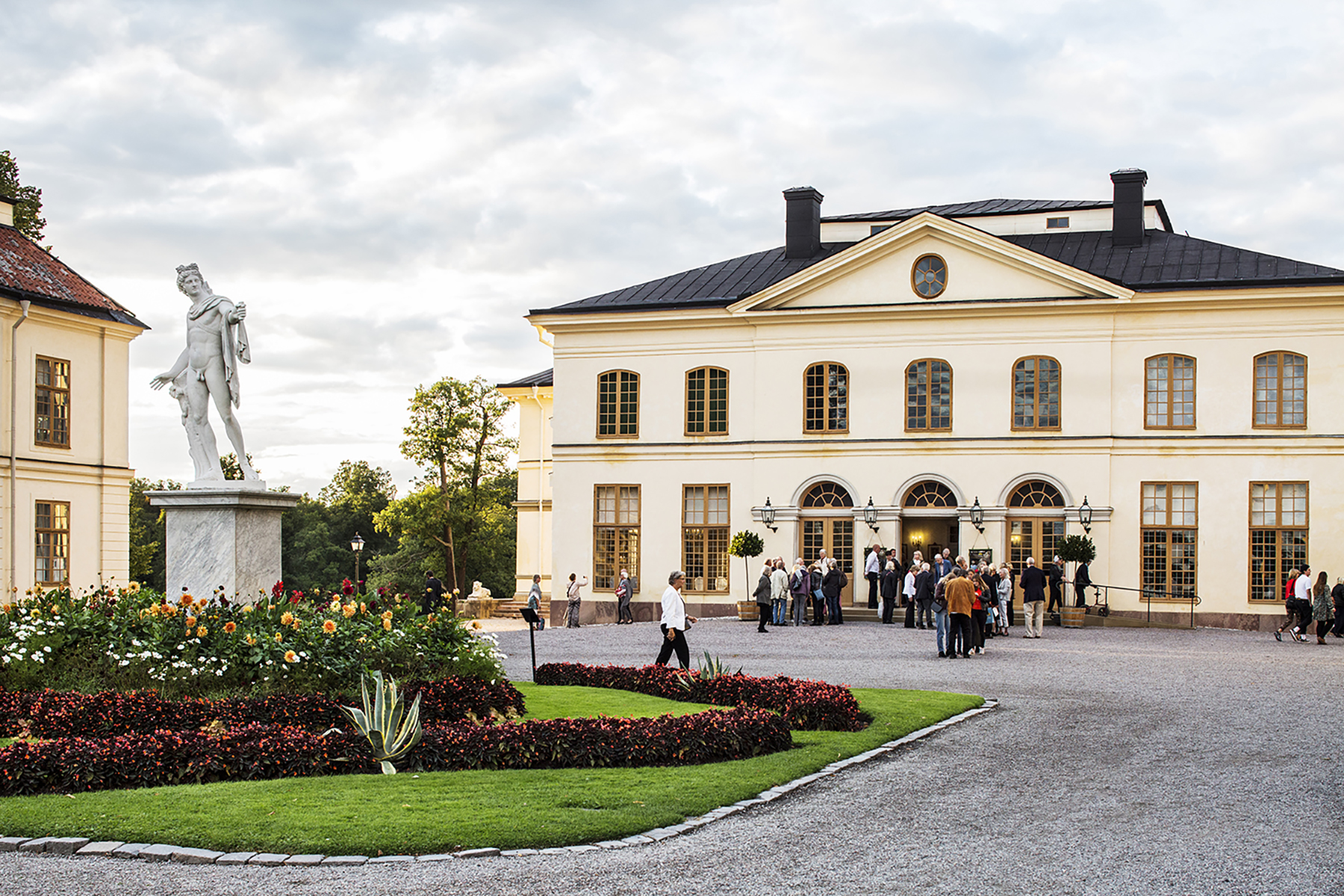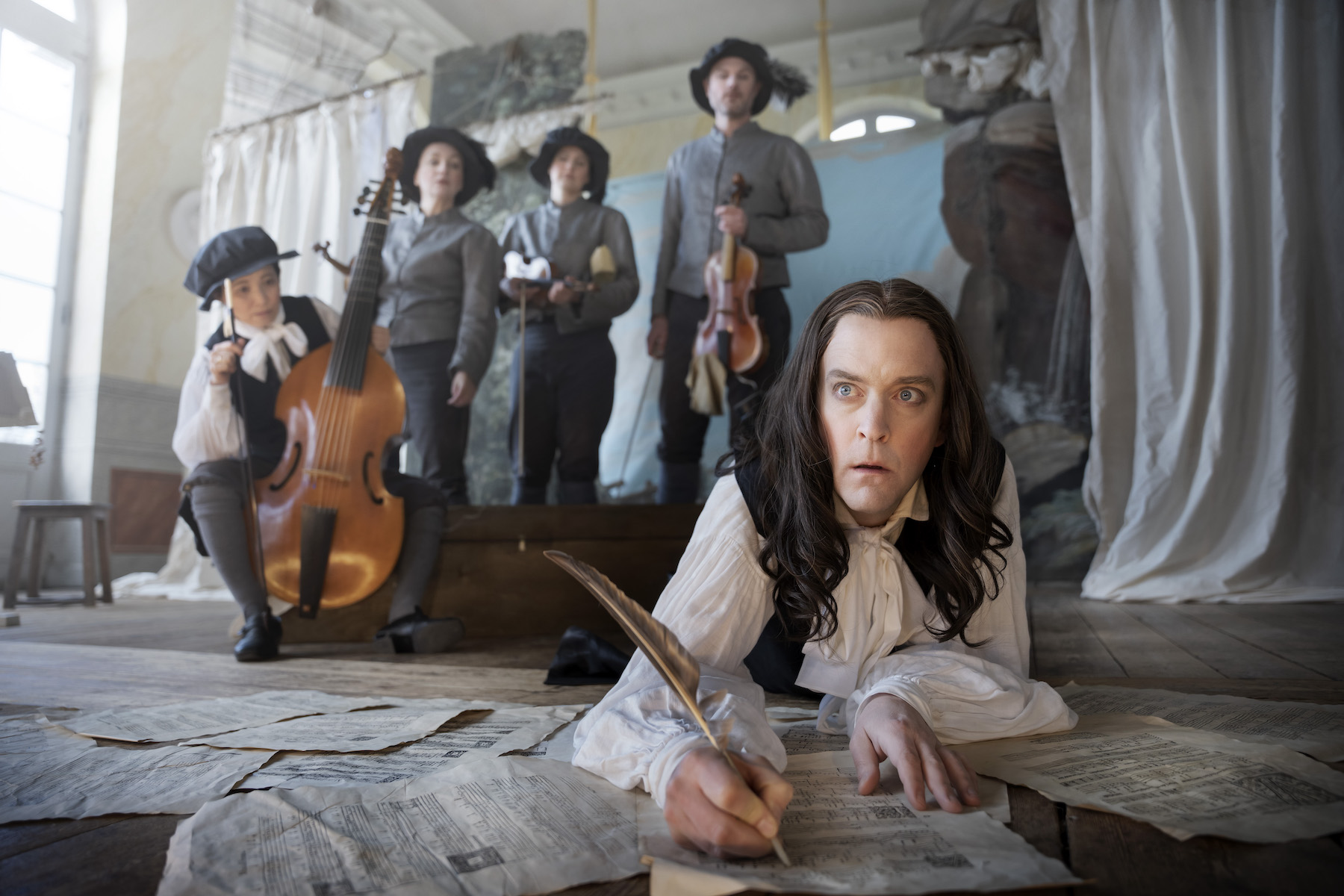À la Baroque: A Wild Tempest in my Heart
An adventure of transformation at Drottningholm Palace Theatre
A Wild Tempest in my Heart is an adventure of transformation among gods, monsters, heroes and ordinary mortals, performed for children aged 6-10 at Drottningholm Palace Theatre between 18 May-2 June 2024. The show featured French chamber cantatas – a kind of operatic miniature that incorporates all of the elements of French baroque opera. It was an encounter with French baroque music and tales from wondrous ancient mythology.
A Wild Tempest in my Heart offers children the highest level of music-making in a playful performance about courage, longing, dreams and love. The play is about the power of imagination and about daring to challenge one’s destiny. The World Heritage-listed theatre invite children to take part in culture through an inclusive cutting-edge project and a performance created from the children’s perspective. The children encountered music they never knew existed and entered the dizzying labyrinths of mythology in an environment that sparks their imagination.
This was the second children’s production created by Drottningholm Palace Theatre with support from Signatur, following on from Hum, hum Hume in 2023.
À LA BAROQUE
The production A Wild Tempest in my Heart connected with the French theme of the theatre in 2024. The original title for the Signatur project, À la Baroque, has become the collective name for the children’s productions at Drottningholm Palace Theatre.
A sad shepherdess is tired of crying, the song god Orpheus travels to the underworld to retrieve his beloved Eurydice, the king’s daughter Ariadne has a brother who is half bull, and the young lovers Leander and Hero decide to brave the stormy sea to meet in secret…
The performance featured four French chamber cantatas – a kind of operatic miniature that contains all the elements of French baroque opera, but in a small format.
The cantatas presented to the children are composed by Louis-Nicolas Clérambault, Philippe Courbois and Jean-Philippe Rameau. Responsible for the concept and musical direction is Mezzo-soprano Annastina Malm, who performed the cantatas together with baritone David Risberg and musicians from the orchestra of Drottningholm Palace Theatre.
In total there were eight school performances and eight performances for families between 18 May and 2 June. At each performance, 90 children were welcomed to the theatre. The production took place both in the unique Theatre Salon and in the Déjeuner Salon, the theatre’s large foyer with windows overlooking the English Park.
The French chamber cantata was born in the early 18th century and had a relatively short life span. The genre was strongly influenced by Italian aesthetics but retained the text-based recitation style that characterised French music of the time. The result was a kind of condensed mixture of the French style – with the text and its recitation at the centre – and the lively, virtuosic tonal language of Italian music. The form itself could be likened to a mini-opera, or miniature, in chamber format. We meet one or two, sometimes three protagonists whom we follow at a crucial moment in their lives. In the vast majority of solo cantatas, the singer alternates between narrator and protagonist. The protagonist takes centre stage, but the instruments are equally important and take on dramatic functions. Storms, rippling streams, birds chirping, sleep: the few instruments that make up the chamber ensemble manage to represent all of this. The protagonist’s expression is a mixture of French declamation with its complex ornamentation and Italian virtuosity. The meeting of these two tonal languages creates the conditions for strong musical and dramatic expressions in chamber form – big emotions in a small format.
PROJECT ACTIVITY AND EXPECTATIONS
Drottningholm Palace Theatre targets schools in the local area, such as Ekerö municipality, and the western part of the city, which includes some vulnerable communities. Reaching out to teachers and schools is important in order to reach children whose relatives do not bring them to cultural events. Drottningholm Palace Theatre will contact, inform and enthuse teachers through its established networks. Through co-operation with the City of Stockholm’s Kulan, more schools are reached and parents were reached via the web channel Barn i stan. The theatre developed a teacher’s guide to help children prepare for the performance and continue the work afterwards, and a playlist was created to encourage further listening.
The theatre strives to maintain the highest artistic standards in its productions. This is achieved through top-level artists and musicians, extensive knowledge of theatre and costume history, and high standards in all work that goes into a production. The previous Signatur-supported production Hum Hum Hume was met with positive feedback from teachers who appreciated the music, location and philosophical approach. They thought the performance was finely tuned and of high quality. “I think it is important for children today to experience culture outside of television and the internet.” “…many of our students will probably never go to the theatre.” “Nice to be able to give students something they don’t often visit with their families.”
The aim of the project was for children to take possession of the theatre building, that they should feel welcome and experience that the music, the singing, the musical play with transformations and magic belong to them. And that imagination and music will continue to attract them throughout their lives.


